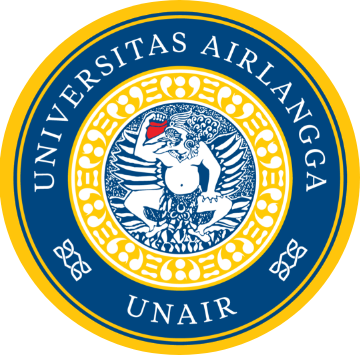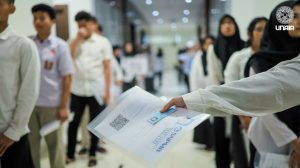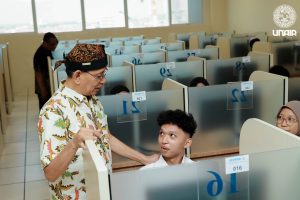UNAIR NEWS – To improve the research skills of the millennial generation with better writing talent, the Scientific Division of Islamic Economics Student Association Universitas Airlangga held a workshop titled Research Camp. This activity took place on Sunday, November 13, 2022, via a zoom meeting.
Sulistya Rusgianto SE MIF PhD, a lecturer and researcher from the Department of Islamic Economics, Faculty of Economics and Business (FEB) Universitas Airlangga explained that research is a big process and starts from the field of interest. So the first thing that needs to be determined is the field of research. The next step is observation and preliminary study or initial study.
“Initial studies can be done by looking at the latest journals, looking for the latest data and information, and so on,” said Sulistya.
Then, researchers need to determine the problem to be studied, followed by a critical literature review and research gaps that a researcher can discuss based on their experience or previous research. Researchers also need to choose an appropriate research gap strategy.
Sulistya explained that research gaps could be built with three things: new ideas, new data, and new methods. The FEB lecturer also provided tips for finding and compiling research gaps from journal articles.
The first is to examine the abstract and pay attention to the objectives, methods, findings, and implications. From here, the researcher can determine whether the journal is following the research topic.
Second, if it is appropriate, proceed to the study’s introduction or background and search for keywords such as ‘gap’ , ‘however’ , ‘not addressed’ , ‘lack of’ to build your research gap. “The words, however, not addressed and so on mean problems that have not been answered, so use these findings to build research gaps or look for loopholes in problems or methods that have not been touched by other researchers,” explained the researcher and FEB lecturer.
The third tip is researchers can find sentences or keywords in the form of suggestions for further research, which are usually found in the conclusion section of the journal. These sentences or keywords can be in the form of deficiencies or limitations of research. Examples of sentences can be suggestions for future research, limitations of the study, and so on.
Author: Jihan Aura
Editor: Khefti Al Mawalia









